| Back to Back Issues Page |
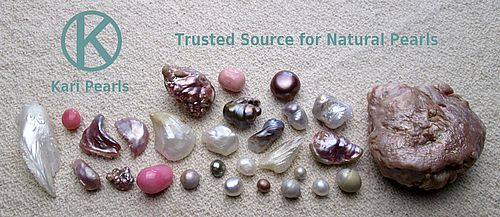 |
|
What are blister pearls anyway? August 23, 2023 |
| Hi, So, what exactly are blisters and blister pearls anyway? After reading a few pearl books on the topic of blisters & blister pearls I decided to share what Elisabeth Strack has to say. Elisabeth, in her book, Pearls, which by the way is indispensable for anyone serious about understanding pearls, says, "Blister pearls are pearls which originally formed as free pearls within the connective tissue of the mantle and which merged later with the shell. At first, the pearl will touch the shell at only one point before a first, stem-like connection forms. When such pearls are harvested in due time, there is still a possibility that they can be used and sold as free pearls." Blister pearls can grow very large and have great value. The Hope pearl is a blister pearl. This baroque pearl was firmly attached to the shell, and it yet shows the point of attachment, which has been polished so as to correspond to the remaining portion. 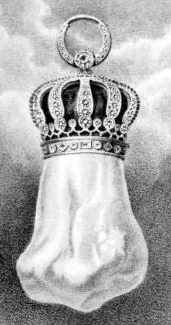 Hope Pearl Many objets d'art have been made from blister pearls.
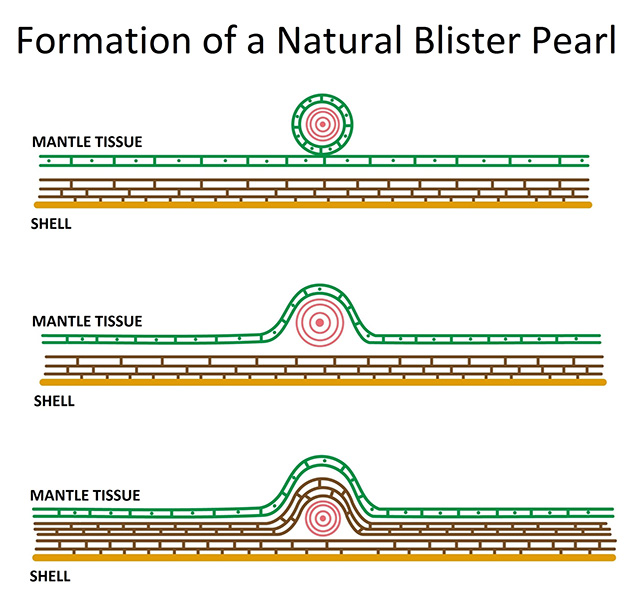 Adapted from Strack in GIA article In the formation of Blisters, Elisabeth says, "Blisters form when foreign objects get trapped between the shell and mantle tissue. They are eventually hidden beneath the constant growth of mother-of-pearl layers. A great variety of marine organisms have been found within blisters. However, most blisters form when the mollusc responds to external attacks or damages caused by an intruder boring a hole into the outside of the shell by increasing the secretion of mother-of-pearl on the inside to repair the damage."
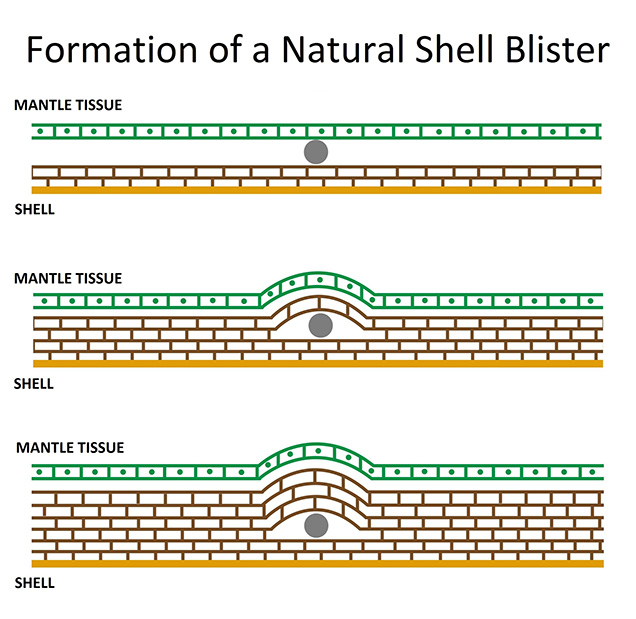 Adapted from Strack in GIA article To see several examples I suggest doing a search on my website for blisters. See also a GIA article: Natural Shell Blisters and Blister Pearls
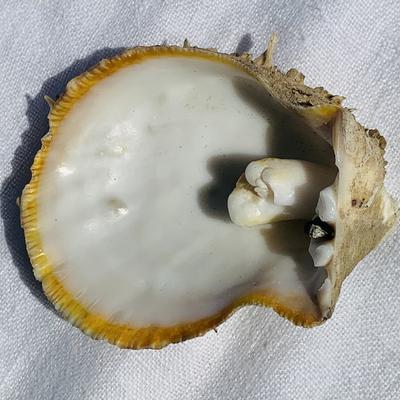
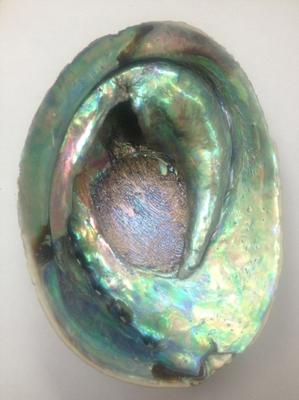
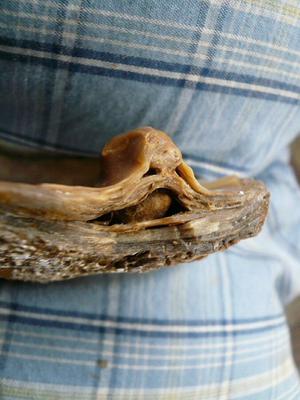 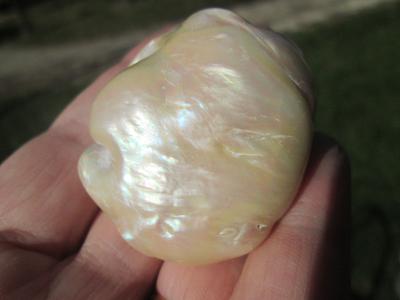
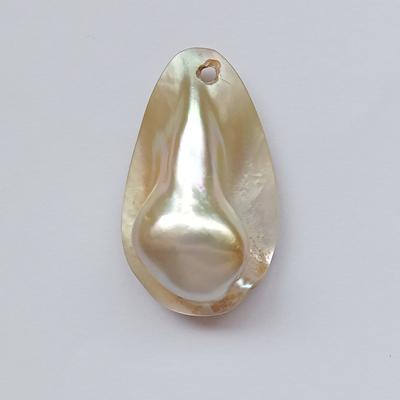 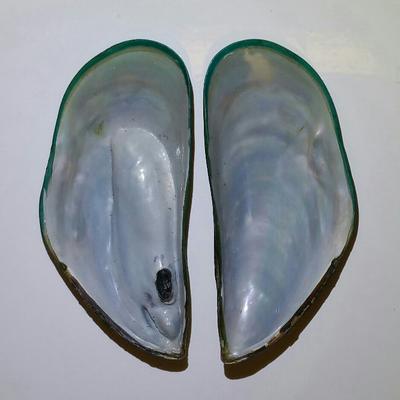 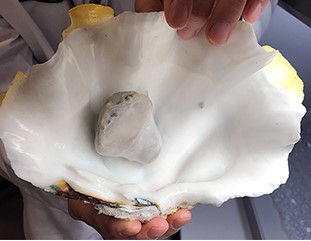
Kunz & Stevenson cite this experience of a pearl hunter in Australia, in their 1908 The Book of the Pearl. "We came across an old worm-eaten shell containing a large blister...For many weeks it was untouched, no one caring to risk opening it. At last the skipper gave it a smart blow with a hammer and out rolled a huge pearl, nearly perfect, and weighing eighty grains."
If you're an avid shell collector be sure to check the inside surface for blisters. Small blisters are not uncommon. You might enjoy cutting them out for a piece of jewelry or just to have for your own collection. For example, just as I was writing this I took a minute to look at my bucket of shells that I keep on my porch for the fascination of my grandchildren and sure enough, the third huge USA washboard shell I looked at had two small elongated blisters. 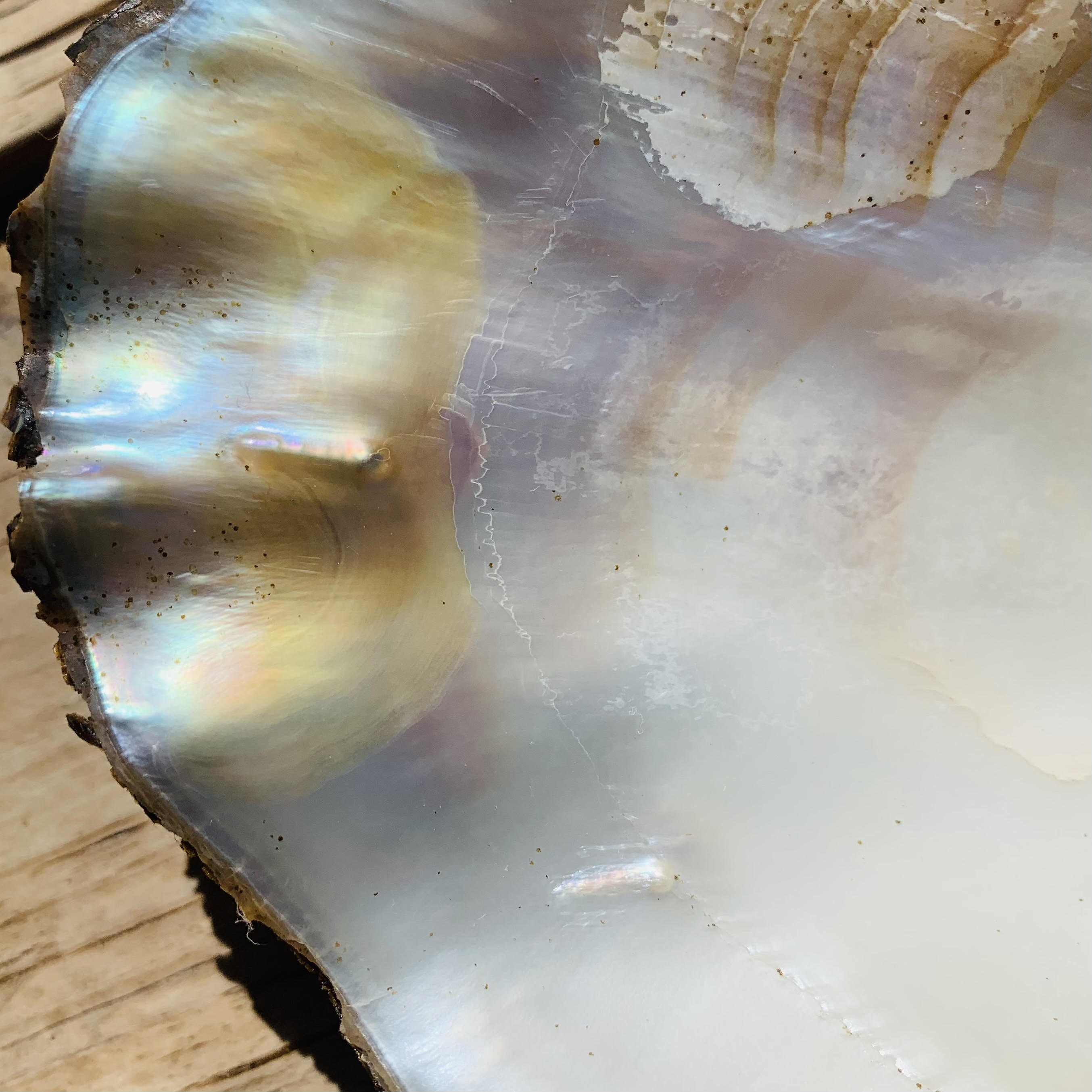 By the way, I'm hopeless on a beach if there are shells available. When I'm traveling, my suitcase is normally stuffed with shells or if I'm near home I need to remember to bring a sturdy bag with me. But a few years ago, on a trip to the African coast in Kenya, I will say I finally felt like a mature adult because after amassing a vast quantity of unusual ocean specimens I simply arranged them on
the beach and took lots of photos, leaving them all for another intrigued tourist to find. My youngest son, who was with me and who is a very disciplined accumulator, was impressed.
Thanks for being a part of Karipearls.
I appreciate every one of you.
God bless,
Kari |
| Back to Back Issues Page |